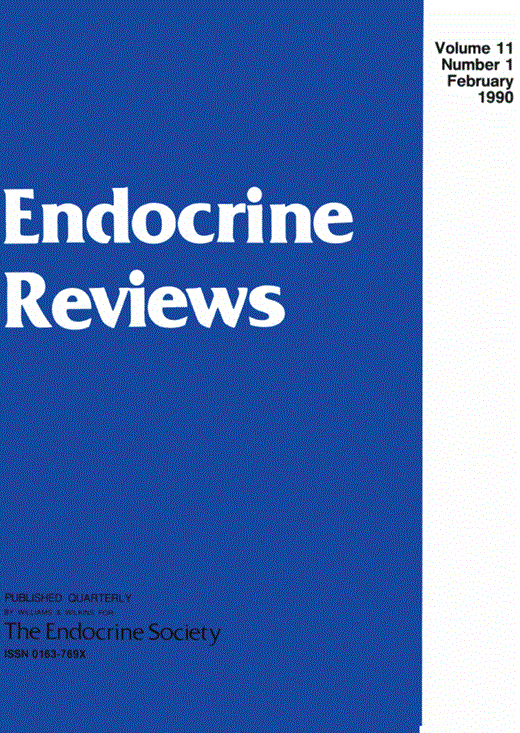-
Views
-
Cite
Cite
Soheyla D. Gharib, Margaret E. Wierman, Margaret A. Shupnik, William W. Chin, Molecular Biology of the Pituitary Gonadotropins, Endocrine Reviews, Volume 11, Issue 1, 1 February 1990, Pages 177–199, https://doi.org/10.1210/edrv-11-1-177
Close - Share Icon Share
THE pituitary gonadotropins, LH and FSH, play a central role in the mammalian reproductive process. Synthesized in the gonadotropes of the pituitary, the gonadotropins bind to receptors in the gonads leading to effects on steroidogenesis and gametogenesis (Fig. 1). Because these hormones are responsible for sexual maturation and normal reproductive function, the regulation of their synthesis and secretion is essential for the preservation of a species.
In recent years, a great deal has been learned about the regulation of synthesis of the gonadotropins using the tools of molecular biology. Before we can fully appreciate these new insights, however, it is important to understand the complex structure of the gonadotropins and to summarize what is known about the regulation of their secretion. In this review, we will discuss the structure of the gonadotropin subunits, the structure of the genes that encode them, and the regulation of their secretion and synthesis.





